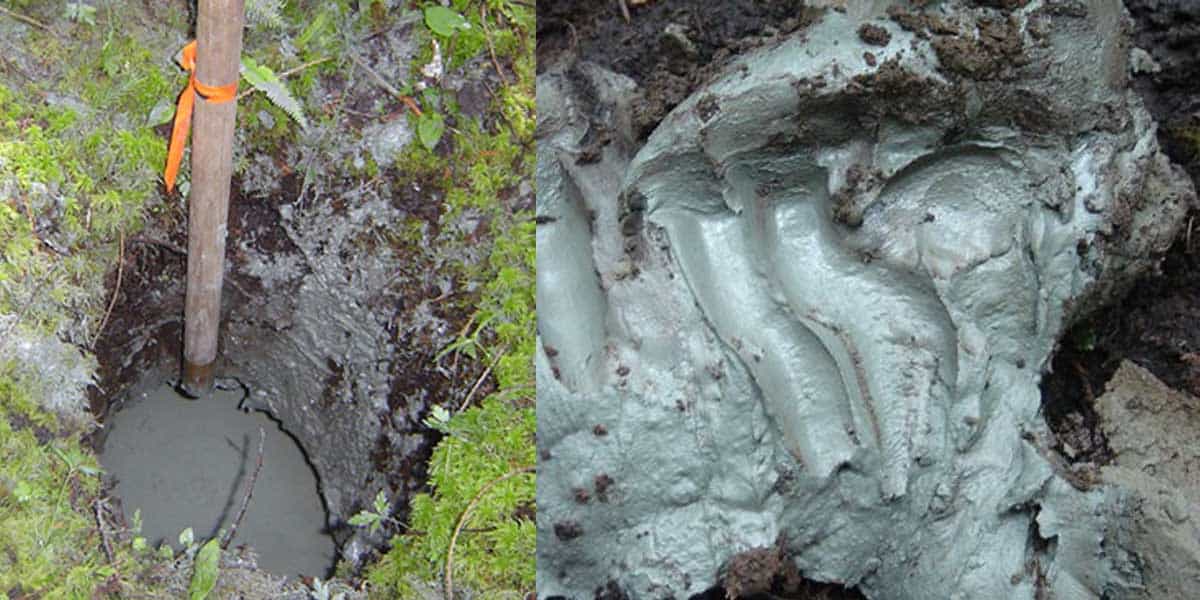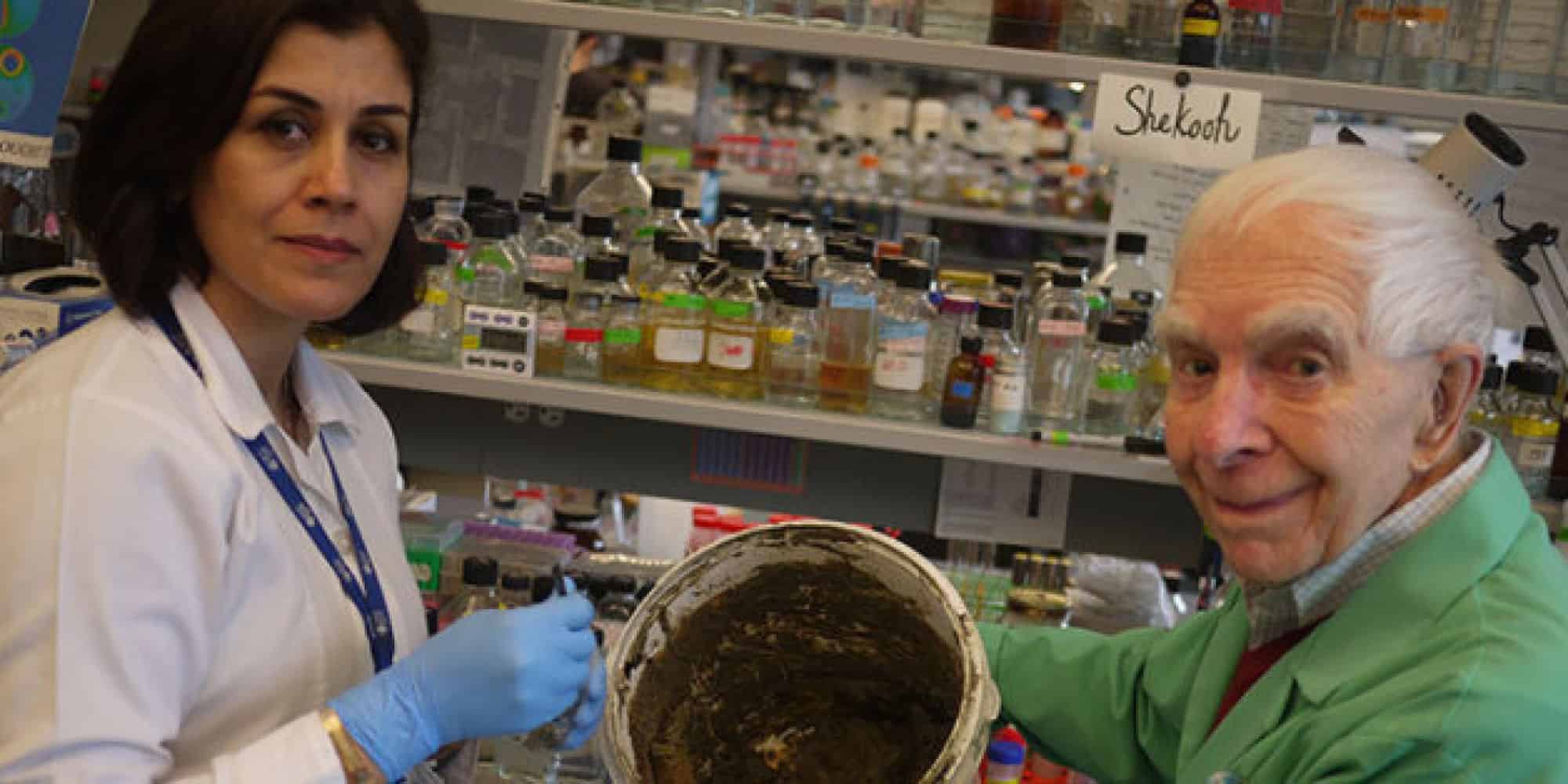
Most often, nature’s cures turn out to be the best. Scientists with the University of British Columbia found this out after discovering a clay historically used by aboriginal Canadians from Kisameet Bay, British Columbia. Called Kisomeet, the clay has been used for centuries to treat ulcerative colitis, stomach ulcers, arthritis, and skin irritations.
In a study published in the journal mBio, the researchers relay that the 10,000-year-old deposit of clay is actually highly effective against antibiotic-resistant infections. As a result, the clay could be a major step forward in fighting superbugs.
The scientists found that a dangerous group of bacteria died when incubated in water combined with the clay. As Popular Science reports, ESKAPE pathogens, which are responsible for the majority of hospital infections in developed nations, were exposed to the sediment. They include Enterococcus faecium, Staphylococcus aureus, Klebsiella pneumoniae, Acinetobacter baumannii, Pseudomonas aeruginosa, and Enterobacter species.

“Infections caused by ESKAPE bacteria are essentially untreatable and contribute to increasing mortality in hospitals,” said Julian Davies, co-author of the study and microbiologist at the University of British Columbia.
Though the clay is not ready to be used as a treatment yet, there is potential for the components which make it so healing to be replicated or at least implemented in therapies to remedy symptoms of persistent ailments. Of course, scientists need to figure out how the clay actually works before progress can be made. Its discovery, nonetheless, is positive news.
What are your thoughts? Please comment below and share this news!


